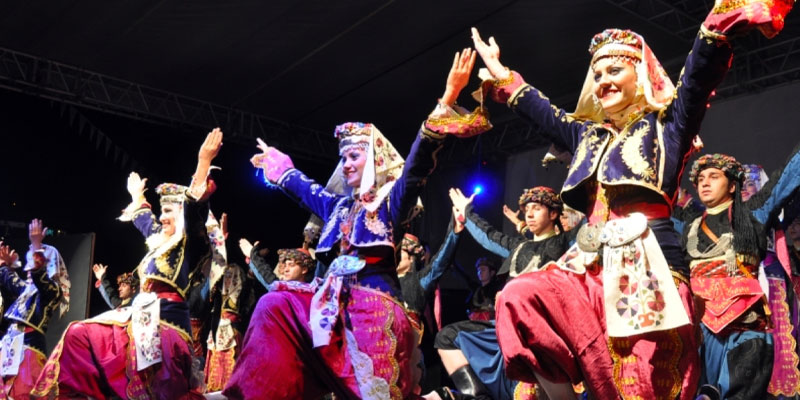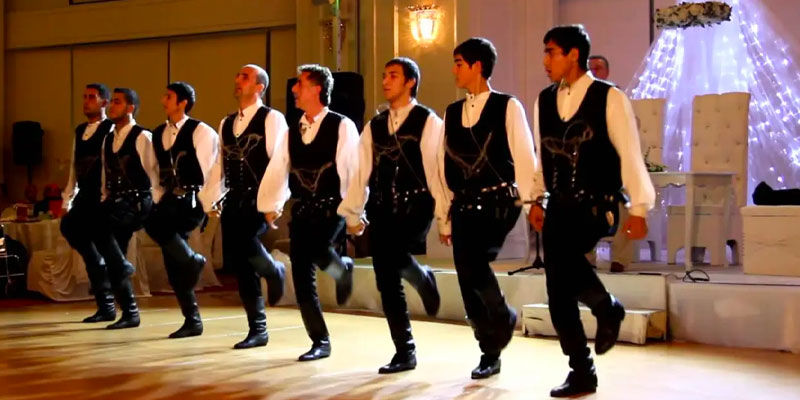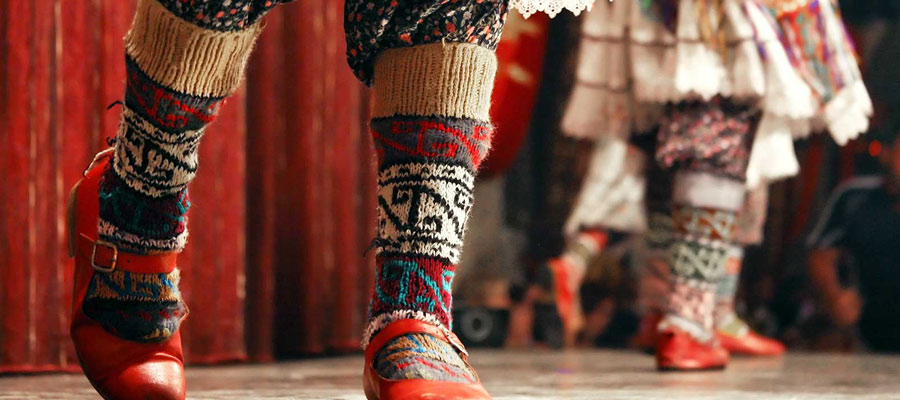Turkish folk dances: Turkey has a folk dance tradition that dates back many years and varies from region to region. Each dance is colorful, rhythmic, elegant and stylish. Some of the most famous Turkish folk dances can be found: Bar, Halay, Hora, Zeybek, Horon, Kilic Kalkan, Kasik Oyunu. In Turkey, folk dances are performed for all social occasions, from weddings to celebrations organized for young men leaving for military service. We also dance on national holidays, for religious ceremonies and local festivities.
Each region has its own folk dances which reflect the cultural life.
Some of the most famous Turkish folk dances are the Bar, originating in the province of Erzurum, the Halay in the east and southeast, the Hora in Thrace, the Zeybek in the Aegean Sea, the Horon in the Black Sea. and Kasik Oyunu in Konya and its surroundings.
Zeybek

This Aegean dance brings together male dancers dressed in bright colors, called Efe. They symbolize courage and heroism. The Zeybek dance is generally 9/8 bars and has a variety of tempos such as very slow, slow, fast and very fast. It is made possible by one or two people or by a group of people.
Horon

The Horon stands out from other Turkish folk dances because its tempo, rhythm and measures are different. This typical dance of the Black Sea is performed, in general, by groups and their characteristic measure is 7/16. The men are dressed in black with silver trims. The dancers bind their arms and tremble at the vibrations of the kemenche, a primitive type violin.
Halay
Halay is part of Turkish folk dances and is performed to a large extent in eastern, south-eastern and central Anatolia. It is arguably one of the most striking folk dances. The Halay has a figure structure rich in simplicity and represents the symbol of the creation and originality of Folkoric dances. You will be able to discover all the measures and rhythmic elements of Turkish folk music in the melodies of Halay.
Bar
Bar dance originates from eastern Turkey. The folk dance called Bar is performed by groups in the open air. Turkish folk music is applied with extremely different and interesting structures during this dance.
Kılıç Kalkan
Bursa’s Kilic Kalkan dance represents the Ottoman conquest of the city. It is performed only by men, dressed in the first Ottoman battle dress. The dancers dance to the sound of swords and shields clashing without music.
Hora
Hora is a dance possessing a melodic and rhythmic structure, with a fast face-to-face performance. It has a different cultural structure depending on the region. The dominant measure is 9/8 but some other measures are also used.
Klasik Oyunu
Kasik Oyunu is performed from Konya to Silifke and consists of cheerfully dressed dancers, male and female, slamming the rhythm of the dance with a pair of wooden spoons in each hand.
To learn more about traditional Turkish handcraft have a look here.

